Lemongrass is a popular herb, used prominently in several cuisines around the world, particularly in Asia. It has a uniquely citrusy and slightly sweet flavor that adds a certain richness and complexity to dishes, without being a mast cell trigger like most citrus can be for some people.
But if you can't find lemongrass or are allergic to it, fear not, as there are plenty of lemongrass substitute options available, including lemon basil, lemon leaf, lemon zest, and lime leaves.
Over many years of living in areas with limited access to fresh herbs, I've tried out several of these lemongrass substitutes, and ranked them accordingly, below.
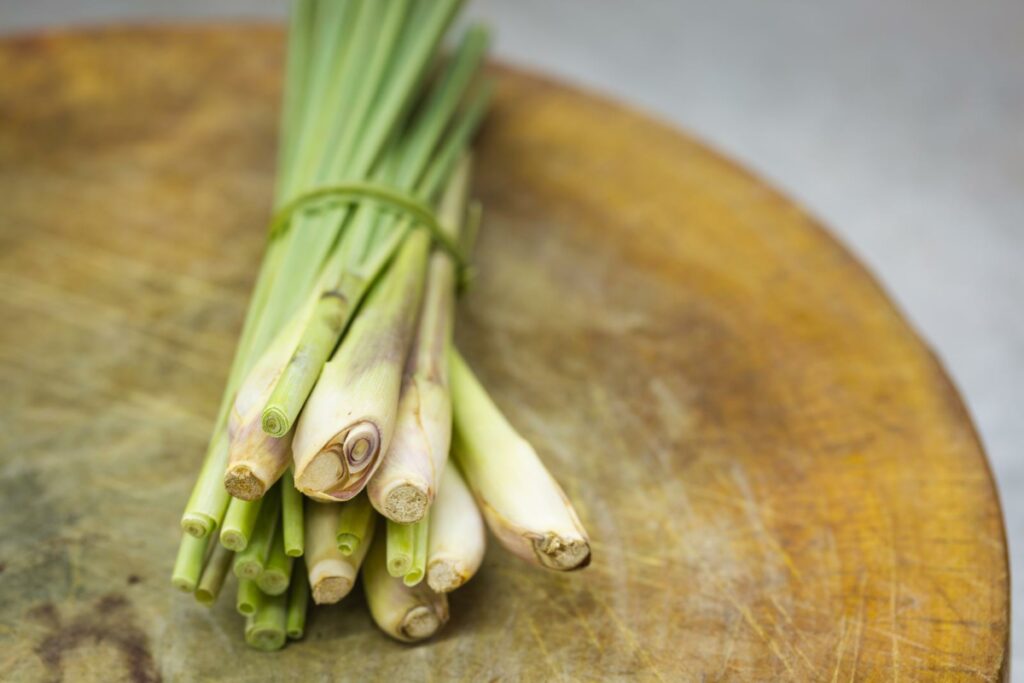
Jump To
Why Use a Lemongrass Substitute
If you love cooking with lemongrass but can't find it in your local grocery store or simply don't like its taste, each of the swaps below can help you achieve a similar flavor profile in your final dish without compromising on taste.
Using a lemongrass replacement can also be a great option if you're on a budget or want to experiment with new flavors in favorite dishes. Mimicking the taste of lemongrass can be done with a combination of spices and herbs, or the use of a single ingredient that has a similar flavor profile.
Yet it's important to note that not all lemongrass substitutes are created equal. Some may not provide the same depth of flavor or aroma as lemongrass, while others may overpower your dish if swapped 1:1.
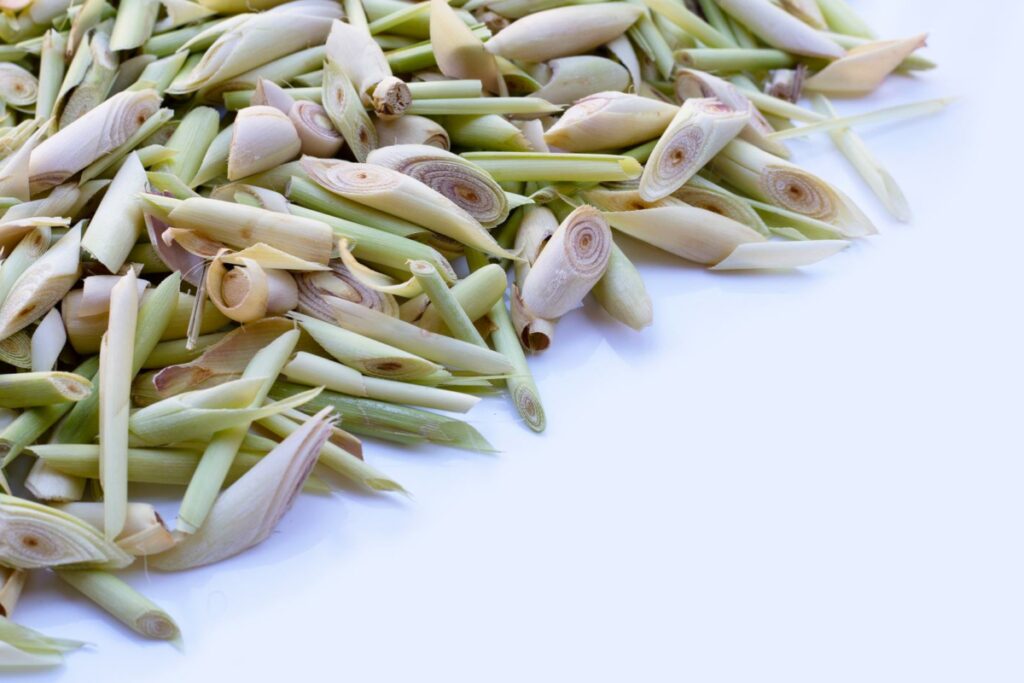
*2 Lemongrass Substitutes to Avoid*
It may be tempting to reach for just any old ingredient, but not all swaps are created equal. There are two common lemongrass substitutes I’d recommend steering clear of if you want to avoid a clash of flavors in your kitchen.
Japanese Yuzu
Yuzu is a citrus fruit common in Japanese cuisine, and while it does have a similar citrusy flavor to lemongrass, it lacks the signature herbal notes that make lemongrass unique. Also, yuzu can be difficult to find and overly-bitter, making it scarce and expensive.
Mint Leaves + Lime Juice + Ginger + Sugar
This combination of ingredients is often used as a substitute for lemongrass in Thai cuisine. Although it might give your food a similar flavor profile, it lacks the richness and complexity of lemongrass. This alternative can also be too sweet, which will throw off the balance of your dish.

Best Lemongrass Substitutes
When it comes to cooking with lemongrass, its unique citrusy flavor and aroma are hard to replicate, but not impossible. You can still achieve a similar taste using one of the following lemongrass substitutes.
Lemongrass Paste (Kreung)
1 tablespoon of minced lemongrass = 1 tablespoon of lemongrass paste
If you want a substitute that's closest in taste and aroma to fresh lemongrass, then its paste variation, commonly known as kreung, is definitely the way to go. It’s made by blending fresh lemongrass with other ingredients like garlic, shallots, and chilies.
The resulting lemongrass paste has a similar flavor profile to fresh lemongrass, but with much easier application and longer shelf life (it keeps well frozen, if tolerated fresh).
What truly makes this alternative stand out is its storage life, as it can be stored for several months in the freezer and a couple of weeks refrigerated. Its convenience makes it perfect as a quick marinade, sauce, or seasoning in various dishes.
Lemon Zest
1 stalk of lemongrass = ½ teaspoon of lemon zest
Lemon zest is a great alternative for lemongrass in recipes that call for a citrusy flavor, as it has a similar citrusy flavor and aroma that can be used in marinades, dressings, and sauces.
Using lemon zest in your dish should start by grating the zest of a lemon using a fine grater or zester. Be sure to only grate the yellow outer layer of the lemon peel, as the white pith can be bitter, and when grated, only use the same quantity as the amount of lemongrass called for in the recipe.

Cilantro + Fresh Ginger
1 stalk of lemongrass = 2 teaspoons of coriander stalks and 2 teaspoons of fresh ginger root
Cilantro and fresh ginger can be a great substitute for lemongrass in many recipes. While lemongrass has a unique flavor that's difficult to replicate, cilantro and ginger can provide a similar citrusy and slightly spicy taste that can add a level of taste and richness to your dishes.
To use this swap, just finely chop a small amount of fresh ginger and cilantro and add it to your dish. Depending on the recipe, though, you may need to adjust the amounts of each ingredient to achieve your desired flavor.
Lemon Balm
1 stalk of lemongrass = 6 or 7 large lemon balm leaves
Lemon balm has a similar citrusy flavor to lemongrass but with a slightly sweeter taste. It's also a member of the mint family known for its calming properties, making it a great addition to teas or other beverages.
It’s also much easier to find in some grocery stores than lemongrass, and can be grown in your garden.
It’s best to use fresh lemon balm leaves and add them towards the end of cooking to preserve their delicate flavor. You can also use dried lemon balm leaves as a substitute for lemongrass, but the flavor may not be as strong.
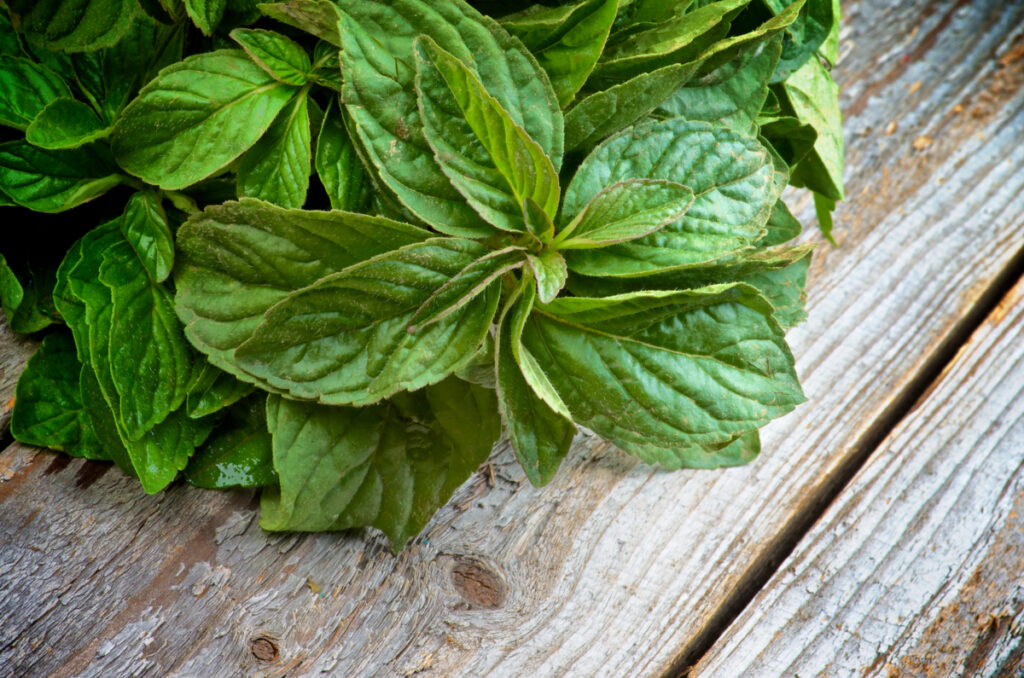
Lemon Verbena
1 stalk of lemongrass = 2-4 lemon verbena leaves
Lemon verbena has a strong lemony aroma and flavor that is quite similar to lemongrass, but not exactly the same. While both herbs have a lemony flavor, lemongrass has a slightly more complex flavor profile.
With it being a versatile herb, it can be utilized in a variety of ways to make flavorful olive oil-based salad dressings, subtle lemon ice cream, and lemon verbena jelly, as well as seasoning poultry dishes, salsa verde, and soups.
Basil
1 stalk of lemongrass = 1 tablespoon of basil paste or plain pesto
Basil is a popular herb that’s used in most recipes, and while it may not be the first herb that comes to mind when thinking of substitutes for lemongrass, it can be a great alternative.
The herb has a sweet and slightly spicy flavor that can add depth to various dishes simply by dicing a handful of fresh basil leaves and adding them to your recipe.
Basil can also be made into a paste by blending the basil with some garlic and a little bit of oil. You may also need to use a bit more lemon basil than you would lemongrass, as the leaves aren't as potent.
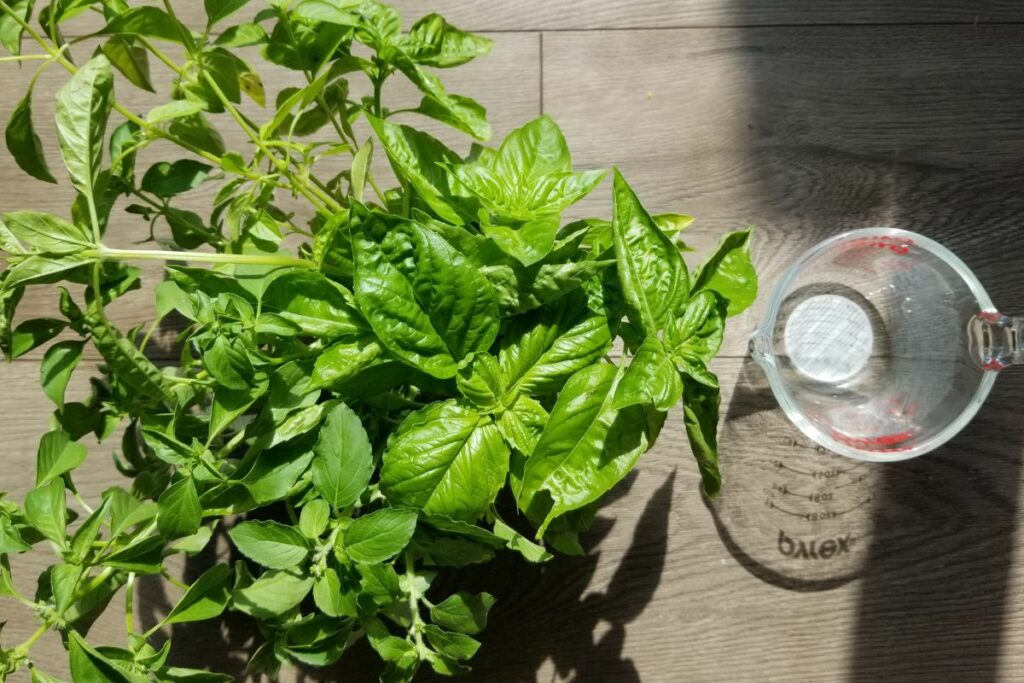
Kaffir Lime Leaves (Magrut Lime Leaf)
1 stalk of lemongrass = 3 or 4 sliced kaffir lime leaves
Kaffir lime leaves are often used as a substitute for lemongrass in recipes that call for this aromatic herb. While lemongrass has a slightly sweet and citrusy flavor, kaffir lime leaves have a more intense and pungent flavor that can add a unique twist to any dish.
These leaves have a much stronger flavor, so you may want to use slightly less than the amount of lemongrass called for in the recipe or use a combination of kaffir lime leaves and another milder herb, such as cilantro or parsley.
Lemon Basil Leaves
1 stalk of lemongrass = 1 tablespoon lemon basil paste
Lemon baisl is particularly effective as a substitute for lemongrass in recipes that call for a citrusy, herbaceous flavor. For example, if you are making a Thai curry that requires lemongrass, you can use lemon baisl instead to achieve a similar flavor profile.
Simply finely chop the lemon basil leaves and add them to your favourite beverage or food recipe.
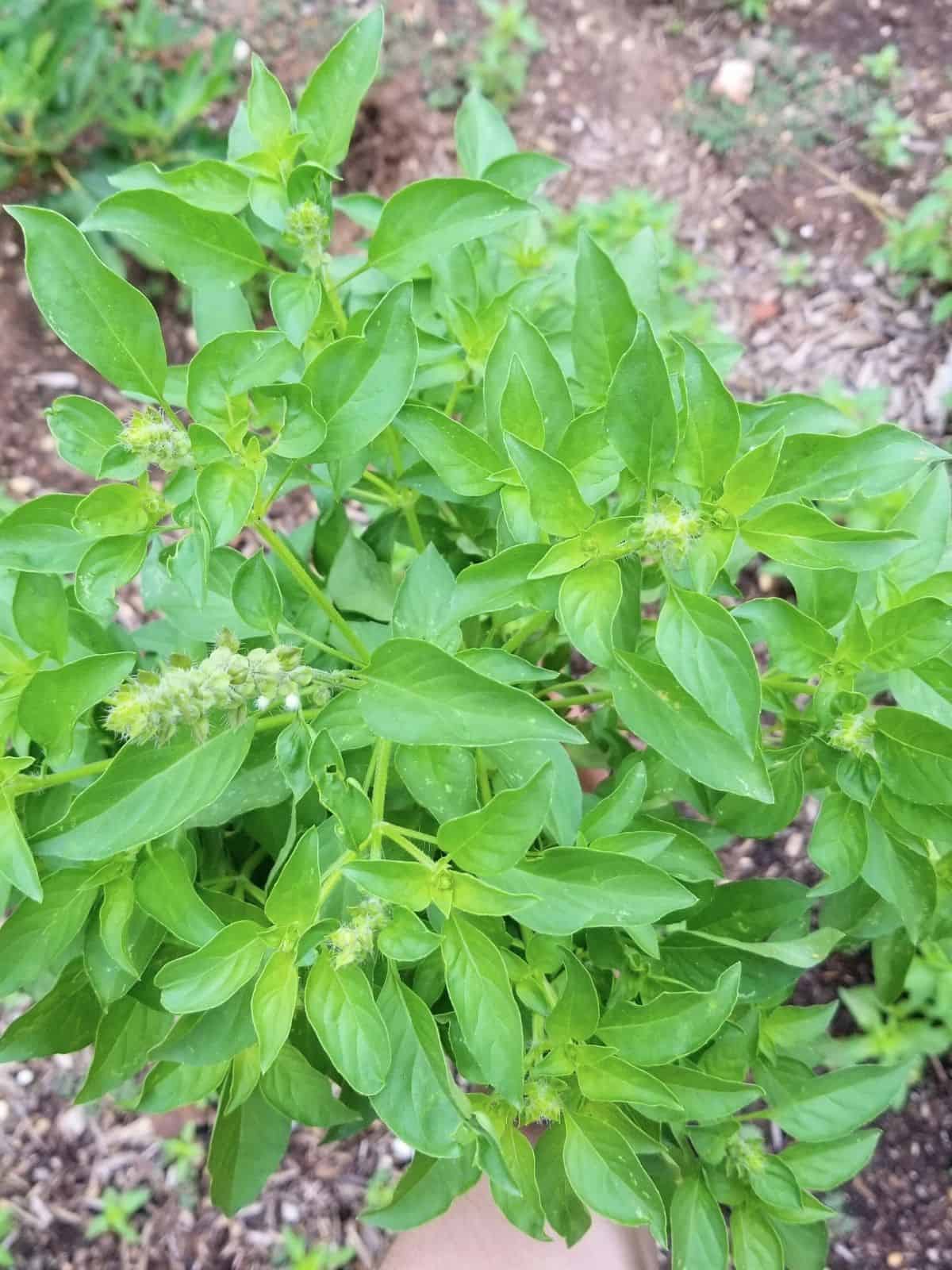
Preserved Lemon
1 stalk of lemongrass = ½ preserved lemon
Preserved lemon is a tangy and flavorful ingredient commonly used in Middle Eastern and North African cuisine. It’s made by pickling lemons in salt and lemon juice, which preserves them and gives them a unique flavor.
When using preserved lemon as a substitute for lemongrass, it's also important to remember that it is a salty ingredient, so adjust the amount of salt in your recipe accordingly.
Lemon Leaf
1 stalk of lemongrass = 6 to 8 lemon leaves
Lemongrass is a tropical herb most commonly used in Southeast Asian cuisines, with Vietnamese dishes being some of the most common uses for lemongrass. One other herb commonly used in Vietnam is called lemon leaf, a rather plain-looking green leaf with a strong scent of lemongrass.
It's both flavorful and richly scented, with somewhat more lemon oil flavor, but otherwise a great facsimile for lemongrass, if you can find it. Simply chop up the leaves or lightly heat them to release their flavors, being sure not to overcook the delicate leaves.
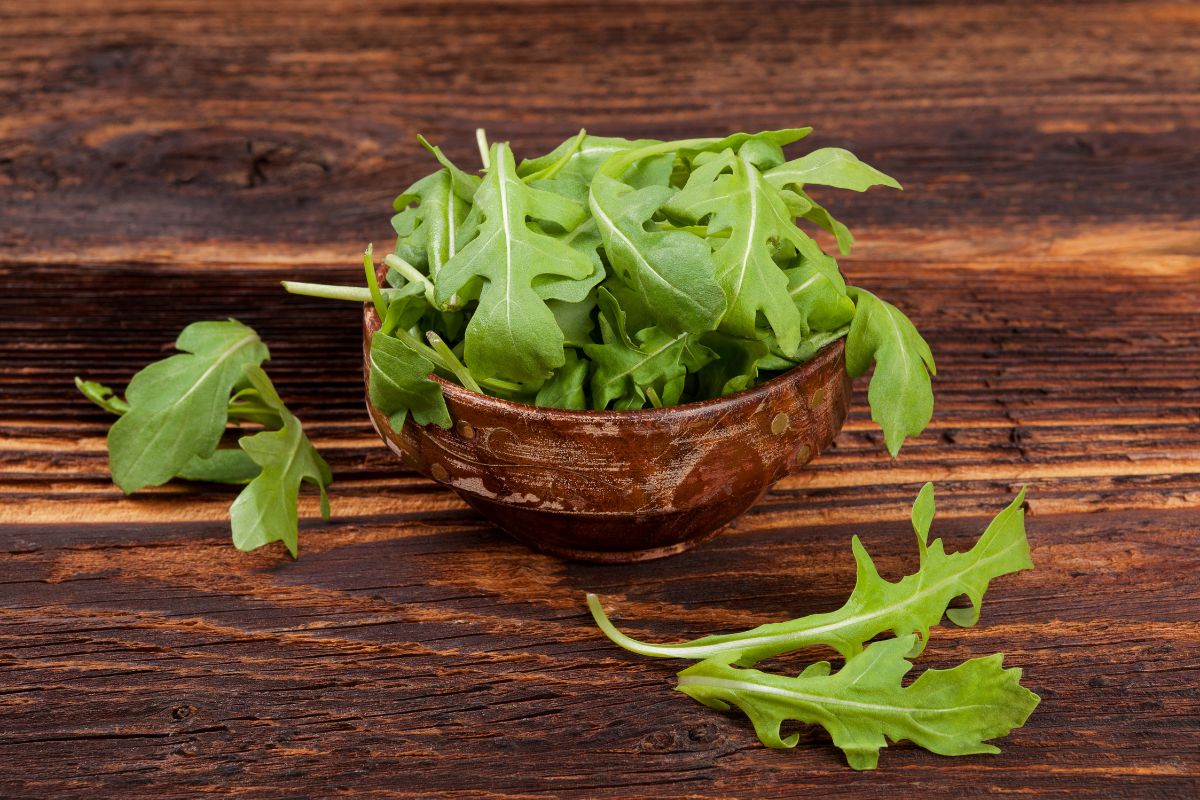
Arugula + Lemon Zest
1 stalk of lemongrass = 6-8 arugula leaves and 1 teaspoon of lemon zest
Arugula has a slightly peppery taste that can add a unique flavor to dishes. When combined with lemon zest, it can create a unique citrusy and herbaceous undertone that is similar to lemongrass.
To use this combination, simply chop a handful of arugula and mix it with a tablespoon of lemon zest, then measure out the swap from there. This combination can also be used in many dishes, including stir-fries, soups, and marinades, and also as a seasoning for grilled meats and vegetables.
The flavor isn’t exactly the same as lemongrass, so it may be necessary to adjust the other herbs in the recipe accordingly, and keep in mind the more delicate nature of arugula vs lemongrass.
Lime Zest
1 stalk of lemongrass = ½ teaspoon of lime zest
Lime zest is the same part of the fruit as lemon zest; only the ingredient has changed. It’s made by grating the outer layer of a lime's skin, which contains the aromatic oils that give the fruit its distinctive flavor and fragrance.
The zest is often used in baking, cocktails, and other recipes that call for a bright, citrusy flavor. When used in place of lemongrass, lime zest can add a similar tangy taste, as well as a subtle sweetness that complements many savory dishes.
Its addition to your recipe is as easy as adding the same amount that you would use of lemongrass. You can also adjust the amount of zest to taste, depending on how strong you want the citrus flavor to be. Keep in mind that lime zest can be quite potent, so using a little goes a long way.
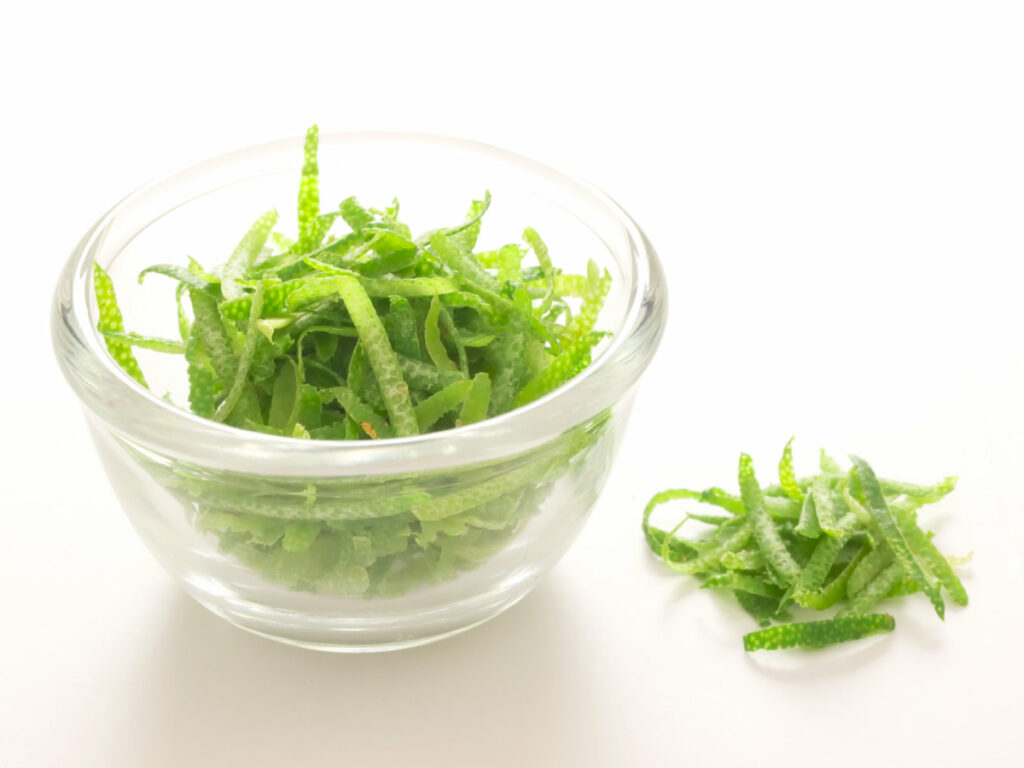
Lemon Juice + Lime Zest + Kaffir Lime Leaf
1 stalk of lemongrass = 1 tablespoon of lemon juice + lime zest + chopped lime leaves
A combination of lemon juice, lime zest, and kaffir lime leaf can be used as a reasonable substitute for lemongrass. Lemon juice provides a tart and acidic note that's characteristic of lemongrass, while lime zest adds a bright note that complements the citrusy flavor.
Kaffir lime leaf, on the other hand, contributes a subtle herbal flavor and aroma that is similar to lemongrass.
If you want to use this alternative, simply mix together the lemon juice and lime zest in your desired flavor proportions, then add finely chopped kaffir lime leaf to the mixture. The amount of each ingredient will vary depending on personal preference and the recipe you have in mind.

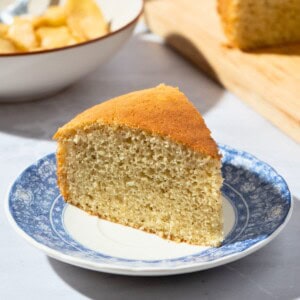











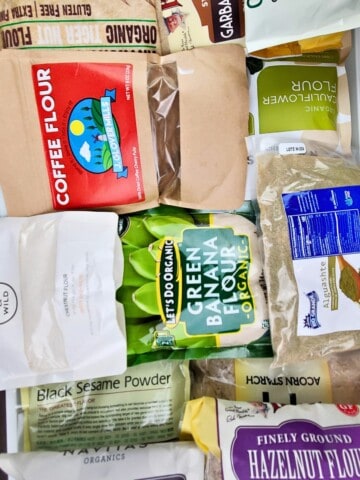
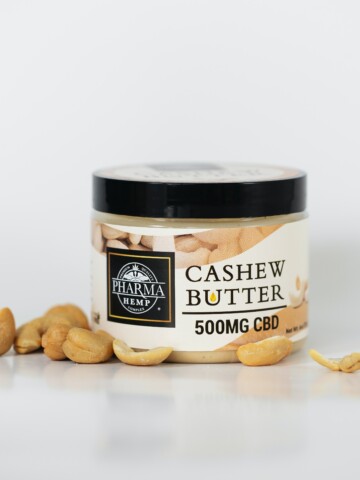
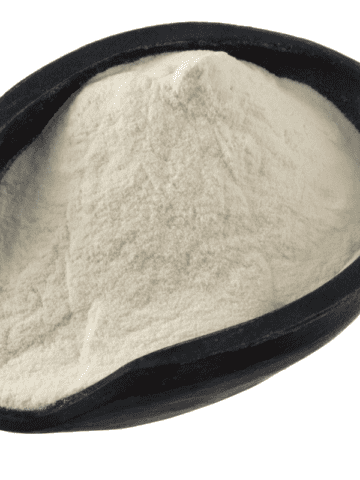
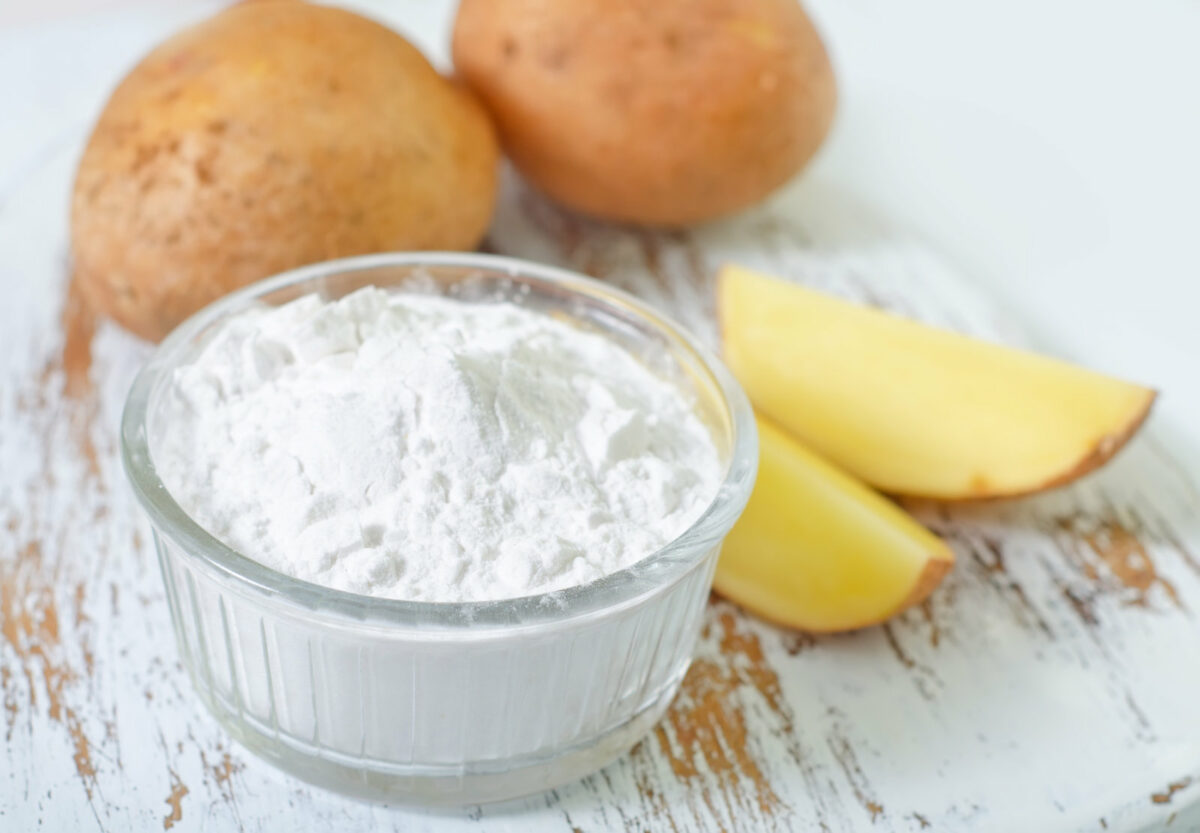
Comments
No Comments